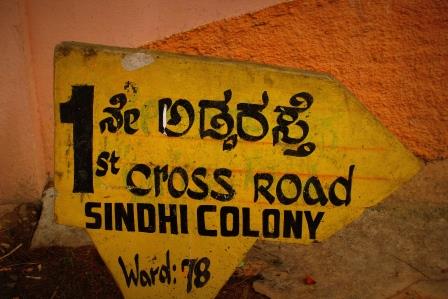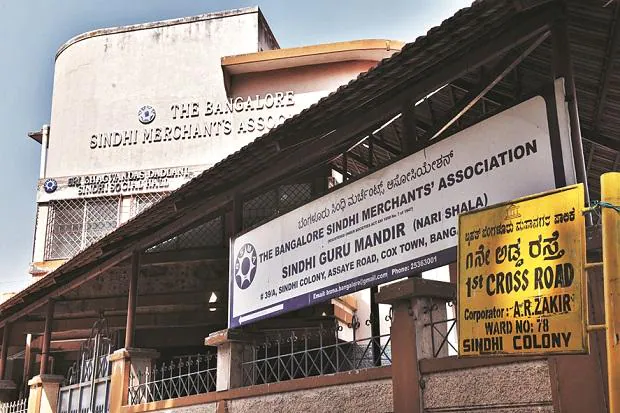
A dole of Rs.12 for adults and Rs.8 for children was handed out from the Refugee Relief Fund; loans were also sanctioned to help them start various business ventures
By S Srinivas
The salubrious climate, employment opportunities, educational facilities and above all, the accommodating nature of the local people, have made Bangalore a favorite destination for people from all over India. One community which now prospers in the City is the Sindhi community. After the Partition of India, the non-Muslim population of the Sindh province migrated to various Indian states, including the then State of Mysore.
In December 1947, the Mysore State Refugee Relief Committee was appointed by the government of Mysore to rehabilitate displaced people. It had an Advisory Committee for Rehabilitation of Displaced Persons of which the Revenue Commissioner was the Vice-Chairman. By the end of June 1949, the number of displaced people from Pakistan registered in Mysore state was 7296, out of which 5604 were from Sindh, 1288 were from Punjab and 404 from North West Frontier Province.
They were housed in various dharmashalas in Bangalore City and Cantonment (also called Civil Station). A portion of Rao Bahadur Thotadappa’s marriage hall was also hired when space ran out!
A dole of Rs.12 for adults and Rs.8 for children was handed out from the Refugee Relief Fund which was bolstered by the contributions of several philanthropists and institutions. Clothes and ready-made garments were distributed to approximately 200 families.
 Loans were also sanctioned to help them start various business ventures. The refugee students also received various benefits. Middle school students were exempted from their examination fees and first year high school students from their tuition fees. The students were also allowed admission to educational and technical institutions without transfer certificates or migration certificates. Nearly two hundred and fifty seven students were given stipends.
Loans were also sanctioned to help them start various business ventures. The refugee students also received various benefits. Middle school students were exempted from their examination fees and first year high school students from their tuition fees. The students were also allowed admission to educational and technical institutions without transfer certificates or migration certificates. Nearly two hundred and fifty seven students were given stipends.
Eligible and qualified adults were exempted from the domicile and age qualifications generally prescribed to enter state government service. Vacancies reserved for ex-service men were also offered to eligible refugees.
Women who wanted a vocation in tailoring were granted loans to purchase sewing machines. Families who decided to leave Mysore State and reside elsewhere were given free railway passage. Close to 200 sites in the Jayanagar extension and 53 houses constructed at the cost of Rs.3600 by the City Improvement Trust Board were allotted to them. Three duplexes (twin houses) in the Kumara Park West extension were also allotted.
By the end of 1956, of the 2,072 families consisting of 8,752 persons who had migrated from Pakistan, majority of them had settled in Bangalore, some in Mysore city and about 32 families at Bellary. The Refugee Relief Committee was wound up in 1957.
________________
Courtesy: Deccan Herald (Published on April 10, 2012)